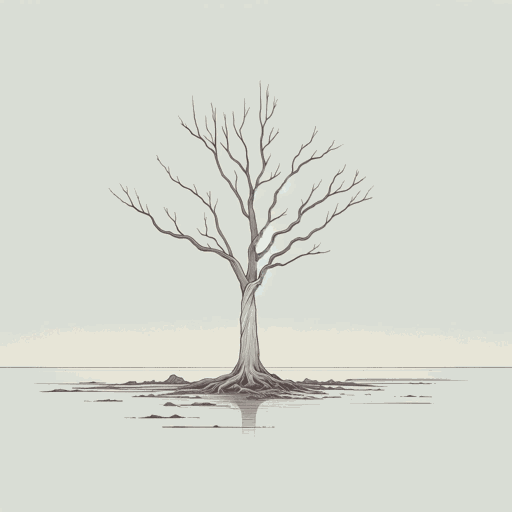59 pages • 1 hour read
John HerseyHiroshima
Nonfiction | Book | Adult | Published in 1946A modern alternative to SparkNotes and CliffsNotes, SuperSummary offers high-quality Study Guides with detailed chapter summaries and analysis of major themes, characters, and more. For select classroom titles, we also provide Teaching Guides with discussion and quiz questions to prompt student engagement.
Introduction
Teacher Introduction
Hiroshima
- Genre: Nonfiction; historical; journalism
- Originally Published: 1946
- Reading Level/Interest: Lexile 1190L; grades 10-12; college/adult
- Structure/Length: Approximately 160 pages; approximately 5 hours and 23 minutes on audiobook
- Central Concern: Hiroshima chronicles the immediate aftermath of the atomic bomb dropped on Hiroshima, Japan, on August 6, 1945. Through the personal stories of six survivors, Hersey paints a vivid picture of the devastation and the human suffering caused by the bomb, while also highlighting the resilience and spirit of the Hiroshima residents.
- Potential Sensitivity Issues: Graphic descriptions of injuries and death; themes of nuclear warfare and its ethical implications; scenes of immense human suffering
John Hersey, Author
- Bio: Born 1914; died 1993; American journalist and novelist; served as a war correspondent during WWII; was one of the first Western journalists to visit Hiroshima after the atomic bombing; his reportage and fiction have garnered significant acclaim.
- Other Works: A Bell for Adano (1944); The Wall (1950); The Child Buyer (1960); The Call (1985)
CENTRAL THEMES connected and noted throughout this Teaching Guide:
- The Horrors of Nuclear Weapons
- The Simultaneous Fragility and Tenacity of Life
- The Commonalities of Humans
STUDY OBJECTIVES: In accomplishing the components of this Teaching Guide, students will:
- Consider the role that New Journalism played in shaping nonfiction storytelling, and how this style and philosophy succeeds in certain contexts.
Related Titles
By John Hersey



